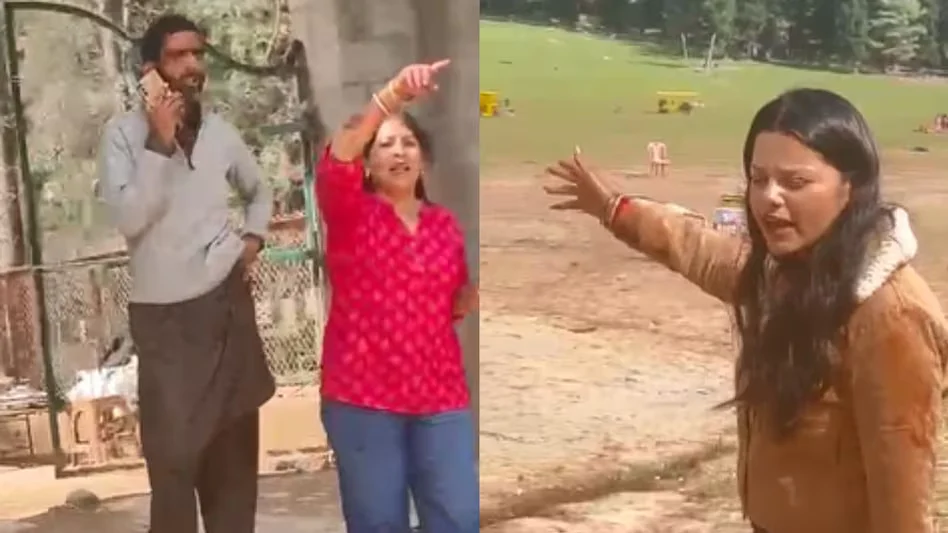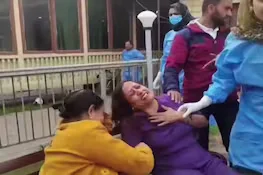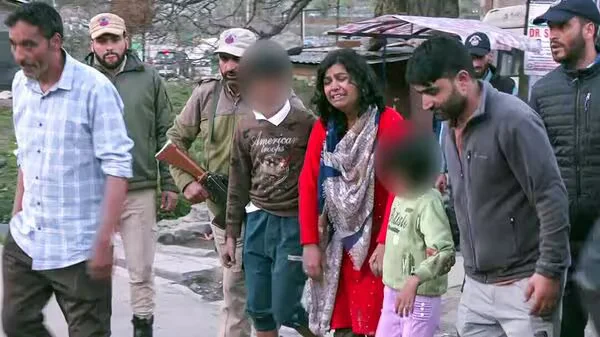It’s hard to forget the serenity of Pahalgam. If you’ve ever been, you know exactly what I mean: the stillness of the Lidder River, the towering pines, and that crisp mountain air that makes even a hurried soul pause and breathe. But on April 22, 2025, Pahalgam terror attack shattered that peace.
28 lives lost. Many more scarred, physically and emotionally. I wasn’t there. But like many Indians who watched the horror unfold on news tickers and live updates, I felt a deep ache. Not just for the people who died, but for what was lost in that moment: a sense of safety, trust, and quiet dignity that Pahalgam once held.
Let’s walk through what happened, what it means, and why we need to talk about it, beyond the hashtags and headlines.
Pahalgam Terror Attack: The Day Peace Was Ambushed
Around 1 PM IST, gunfire echoed across Pahalgam in Jammu and Kashmir’s Anantnag district, a town often referred to as the “Valley of Shepherds.” Instead of tourists clicking selfies near the Betaab Valley, there was panic, blood, and chaos. Militants opened fire on a convoy of private vehicles, most of which were ferrying local civilians, pilgrims, and a few off-duty policemen.

This wasn’t a military outpost or a political convoy. This was a soft target, ordinary people, living ordinary lives, in a place where extraordinary beauty has always battled brutal headlines.
The Casualties: More Than Just Numbers
Let’s pause here. 28 people were killed.
Think about that. 28.
- A newlywed couple is on their honeymoon.
- A local shopkeeper returning from Anantnag market.
- A young woman who was supposed to get married in May.
- A driver who’d just dropped off a tourist group at Aru Valley and was heading back for lunch.
They weren’t just names on a news scroll. These were lives, with dreams, routines, WhatsApp groups, favourite dishes, and people who waited for them to come home.
Eyewitness Accounts: “I Just Froze”
One of the survivors, 34-year-old Imtiyaz Ahmed, told reporters:
“I was in the third vehicle. We heard rapid gunfire. I just froze. People were screaming. A tourist from Gujarat in the next car was hit. We tried to hide behind the boulders near the road.”.
The Bigger Picture: A Pattern?
This attack is a grim reminder that despite years of counter-terror efforts, the valley remains vulnerable to sudden, targeted violence. Especially in the run-up to major pilgrimages like the Amarnath Yatra or the tourist season.
Some are calling this a copycat of past incidents like the 2017 Amarnath Yatra attack, while others believe this marks the rise of a new insurgent faction operating in south Kashmir.
But for the average Indian, the motives behind the attack matter less than the impact. We’re left with questions that have no easy answers.
Why Pahalgam?
It’s not just a pretty tourist town. It’s also a gateway to the Amarnath Yatra, and in a region with a long history of insurgency, it holds strategic value.
Pahalgam had largely been peaceful in recent years. Tourist footfall was increasing. Homestays were doing brisk business. There was optimism, cautious, but real.
This attack was like a knife in the back. Not just to security forces, but to the locals who have been striving to show the world that Kashmir is more than conflict.
The Security Response
Within hours, security forces cordoned off the area. Drones buzzed overhead. Roadblocks went up. By nightfall, the entire town was under a security blanket. Yet, no group had claimed responsibility as of the next morning.
Some experts believe this was the work of a Pakistan-backed sleeper cell trying to reignite tensions. Others think it’s an attempt to disrupt elections scheduled in the region later this year.
Whatever the case, the intelligence failure is obvious. And accountability? Still a blurry word in the Indian security playbook.

Political Reactions: Condolences and Controversies
- Prime Minister Narendra Modi condemned the attack, tweeting:
“Strongly condemn the cowardly terrorist attack in Pahalgam. My thoughts are with the families of those who lost their lives. India will not forgive or forget.” - J&K’s Lt. Governor Manoj Sinha announced ex gratia compensation for victims’ families and promised a swift probe.
But not everyone was satisfied. Opposition parties demanded accountability for intelligence lapses. A few even questioned the Centre’s repeated claims of “normalcy” returning to Kashmir.
And honestly, who can blame them?
The Human Side: What Happens Now?
Beyond the geopolitics, it’s the human stories that really hit home.
I read about Sabreen Bano, a 22-year-old university student who survived with a bullet wound in her leg. She had been visiting her aunt in Pahalgam after her semester exams.
She wrote on Instagram (before disabling her account):
“I was listening to a Coke Studio track. Then came the shots. I thought it was firecrackers. Now I know what real fear smells like.”
Her story stayed with me. Because how many of us have passed through that same road, headphones in, heads in the clouds, never expecting the ground to open beneath us?
Media Coverage: Between Sensation and Sensitivity
The attack, predictably, made it to prime-time news. But within a day or two, it was replaced by studio debates, celebrity gossip, and election campaigns.
This is the media cycle we’ve come to accept. Sensationalise. Monetise. Move on.
And yet, the grief in Pahalgam lingers.
What Can We Learn From This?
It’s tempting to say “nothing changes.” That “this is Kashmir” and “violence is inevitable.” But that would be lazy. And unfair.
Here’s what we must start doing:
1. Treat civilian intelligence with respect
Local intel often goes ignored. Yet, it’s often shopkeepers, drivers, or shepherds who notice suspicious patterns.
2. Rebuild trust between the military and civilians
Fear doesn’t win hearts. Community engagement does. Let locals feel heard, not harassed.
3. Media ethics need a reboot
Don’t just arrive for TRPs. Stay for the healing. Follow up on promises made. Keep the conversation going.
Why This Affects Us All
Even if you’re reading this from Delhi, or Mumbai, or Bengaluru , you’re connected to Pahalgam. Not just through taxes or tourism, but through a shared identity.
Because if we stop caring about places like Pahalgam, we’re basically saying some lives are worth less than others.
And that, my friend, is a dangerous road to walk down.
Where Do We Go From Here?
I’ve never been to war. But I’ve now read enough stories of people who found themselves in the middle of it, by accident, on an ordinary day. The kind of day that starts with a plan to have kahwa by the river and ends with blood on the streets.
The 2025 Pahalgam attack is more than a terror headline. It’s a reality check. A call to stay informed, stay alert, and stay human.
So, let’s talk about it. Share the names. Light a candle. Demand better security. Support ethical journalism. Book a trip to Kashmir, and tip your local driver well.
Also Read: The Pahalgam Attack: A Tragic Reminder That Peace Remains Fragile
Let’s not let fear win. Not in Pahalgam. Not anywhere.
If you found this post thought-provoking or personal, do share it. And if you have stories, memories, or thoughts on Pahalgam, I’d love to hear them. Drop them in the comments below or write to me.
Let’s keep the conversation alive for the people who can no longer.


